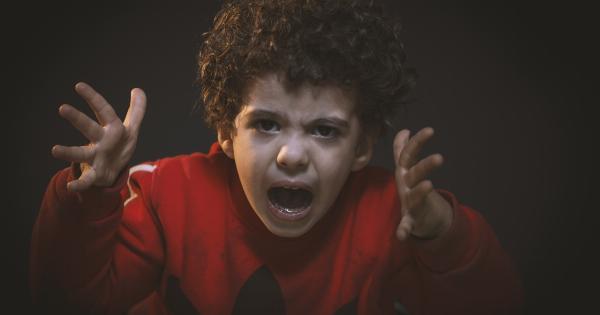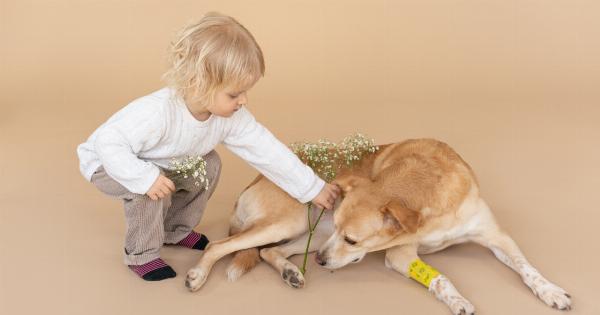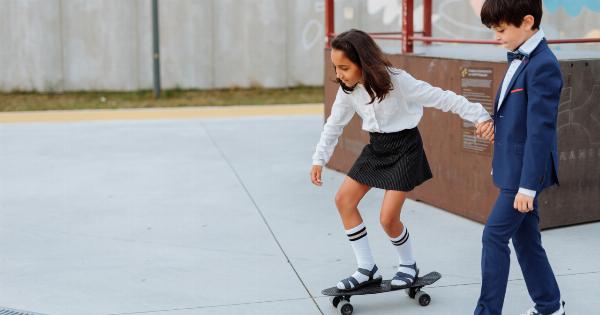Canine therapy, also known as animal-assisted therapy, has gained popularity as a valuable tool for helping anxious kids overcome their fears and anxieties.
The presence of dogs in therapeutic settings has been proven to have numerous benefits, not only for children with anxiety disorders but also for those with other emotional, behavioral, or neurological issues. This article explores the effectiveness of canine therapy for anxious kids and how it can positively impact their lives.
Understanding Anxiety in Children
Anxiety disorders are prevalent in children, with an estimated 7.1% of children aged 3-17 experiencing diagnosed anxiety, as reported by the Centers for Disease Control and Prevention.
While anxiety is a normal part of life, excessive anxiety can interfere with a child’s daily functioning, affecting their academic performance, social interactions, and overall well-being.
What is Canine Therapy?
Canine therapy involves utilizing dogs in therapeutic settings to help individuals overcome emotional and psychological difficulties.
Trained therapy dogs are typically guided by professional healthcare providers and work alongside therapists to promote healing and provide support to patients.
The Benefits of Canine Therapy for Anxious Kids
1. Reduced Anxiety Levels: Interacting with dogs has been shown to lower anxiety levels in children. The presence of a therapy dog can provide a sense of comfort and emotional support, helping anxious kids relax and feel more at ease.
2. Emotional Regulation: Dogs have the remarkable ability to sense and respond to human emotions. Through canine therapy, anxious kids can learn to regulate their emotions by observing and imitating the calm and controlled behavior of therapy dogs.
3. Increased Confidence: Anxious children often struggle with low self-esteem and confidence.
By engaging with therapy dogs, kids can experience a boost in their self-confidence as they gain a sense of accomplishment from successfully interacting and bonding with the animals.
4. Social Skills Development: Canine therapy provides a unique opportunity for anxious kids to improve their social skills.
Interacting with a therapy dog in a controlled and supervised environment helps children practice communication, empathy, and cooperation.
5. Distraction Technique: Dogs can serve as a distraction technique during therapy sessions, redirecting the child’s focus away from anxious thoughts and worries.
The presence of a dog can create a more relaxed and pleasant environment, making it easier for the child to engage in therapy activities.
6. Increased Trust: The unconditional love and acceptance offered by therapy dogs can help anxious kids build trust with both the dog and their therapists.
This trust is crucial in establishing a therapeutic relationship and allows the child to open up and engage more fully in the therapeutic process.
7. Physical Benefits: Canine therapy often involves physical activities such as walking, grooming, and playing with the dogs. These activities promote physical exercise, which has been proven to reduce anxiety and improve overall well-being.
8. Stress Reduction: Spending time with therapy dogs has been shown to decrease stress levels in both children and adults. The act of petting or cuddling a dog releases oxytocin, a hormone that helps reduce stress and promote feelings of relaxation.
9. Non-Judgmental Support: Dogs provide a safe and non-judgmental space for anxious kids to express their emotions. They offer a source of comfort and acceptance, allowing children to be themselves without fear of judgment or criticism.
10. Transitioning Tool: Canine therapy can be a valuable tool in transitioning anxious kids from a therapeutic setting to their everyday lives.
By practicing coping strategies with therapy dogs, children can better apply these skills outside of the therapy sessions when faced with anxiety-provoking situations.
How Canine Therapy Works
Canine therapy sessions typically involve a therapist and a trained therapy dog. The therapist guides the child through various activities that encourage interaction with the dog, such as grooming, feeding, or playing.
The therapist may also teach relaxation techniques, such as deep breathing, while the child spends time with the dog.
During these sessions, the therapist observes the child’s behaviors and emotions to assess progress and identify areas that require further attention.
The therapy dog serves as a catalyst for emotional expression and supports the child throughout the therapeutic process.
Choosing the Right Therapy Dog
Not all dogs are suitable for therapy work. Therapy dogs must possess specific characteristics, including being calm, well-trained, and friendly towards strangers, especially children.
They undergo extensive training and temperament assessments to ensure they are suitable for therapeutic settings.
When selecting a therapy dog for a child with anxiety, it is crucial to consider the child’s preferences and any specific needs or allergies. Some children may feel more comfortable with smaller dogs, while others may prefer larger breeds.
Consulting with a therapy dog organization or a mental health professional can help identify the most appropriate dog for the child.
Incorporating Canine Therapy into Treatment Plans
Canine therapy can be integrated into existing treatment plans for anxious children. Mental health professionals work collaboratively with therapy dogs and their handlers to create a safe and effective therapeutic environment.
The therapy dog’s involvement is tailored to meet the specific needs and goals of the child.
Alongside traditional therapeutic approaches such as cognitive-behavioral therapy (CBT), play therapy, or exposure therapy, canine therapy can enhance the overall progress and treatment outcomes for anxious kids.
Canine Therapy in Different Settings
Canine therapy can take place in various settings, depending on the specific needs and preferences of the child:.
1. Schools: Incorporating therapy dogs in schools can provide a calming presence for anxious students and help improve their overall focus and academic performance.
Dogs can also be present during counseling sessions, providing additional support to children with anxiety disorders.
2. Clinics and Hospitals: Canine therapy is widely used in healthcare settings. Dogs can visit hospitals, clinics, and therapy centers to provide comfort and support to children undergoing medical interventions or therapeutic treatments.
The presence of a therapy dog can alleviate anxiety related to medical procedures.
3. Private Practices: Many mental health professionals incorporate canine therapy into their private practices.
Having a therapy dog present during therapy sessions can create a more relaxed and welcoming atmosphere, enhancing the child’s engagement and the effectiveness of the therapeutic interventions.
4. Residential Treatment Facilities: Canine therapy is particularly beneficial for children residing in residential treatment facilities.
The presence of therapy dogs can foster a sense of home and stability, helping children feel calmer and more secure while away from their families.
Success Stories in Canine Therapy
Throughout the years, numerous success stories have showcased the positive impact of canine therapy on anxious children:.
1. Emily: Emily, an 8-year-old girl diagnosed with social anxiety disorder, struggled with severe school-related anxiety. Through regular sessions with a therapy dog, Emily learned calming techniques and practiced social skills in a safe environment.
Over time, her anxiety decreased, and Emily gained the confidence to actively participate in the classroom.
2. Jacob: Jacob, a 12-year-old boy diagnosed with generalized anxiety disorder, found it challenging to manage his worries and fears. With the assistance of a therapy dog, Jacob learned relaxation exercises and developed a close bond with the dog.
The presence of the dog during therapy helped Jacob open up about his anxiety and develop effective coping strategies.
3. Sarah: Sarah, a 10-year-old girl diagnosed with separation anxiety disorder, struggled with significant distress when her parents were away. Canine therapy provided Sarah with a source of emotional comfort.
By engaging in activities with the therapy dog, Sarah was able to channel her anxiety into positive interactions and gradually felt more secure when separated from her parents.
Conclusion
Canine therapy offers a unique and effective approach to help anxious children overcome their fears and anxieties.
By working alongside therapy dogs, children gain tremendous emotional support, develop coping strategies, and improve their overall well-being. The presence of dogs creates a nurturing and non-judgmental space where children can thrive and grow. Canine therapy has the potential to be a transformative intervention, providing lasting benefits for anxious kids.































